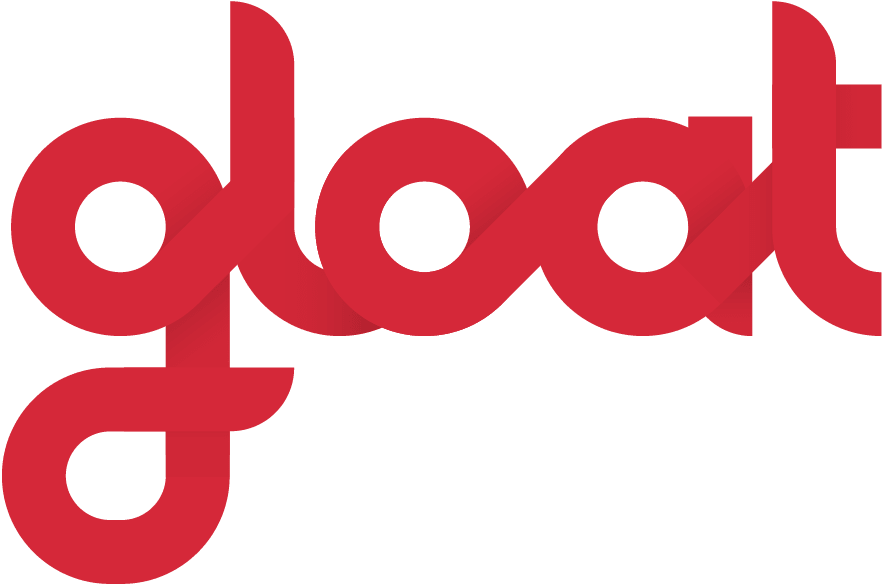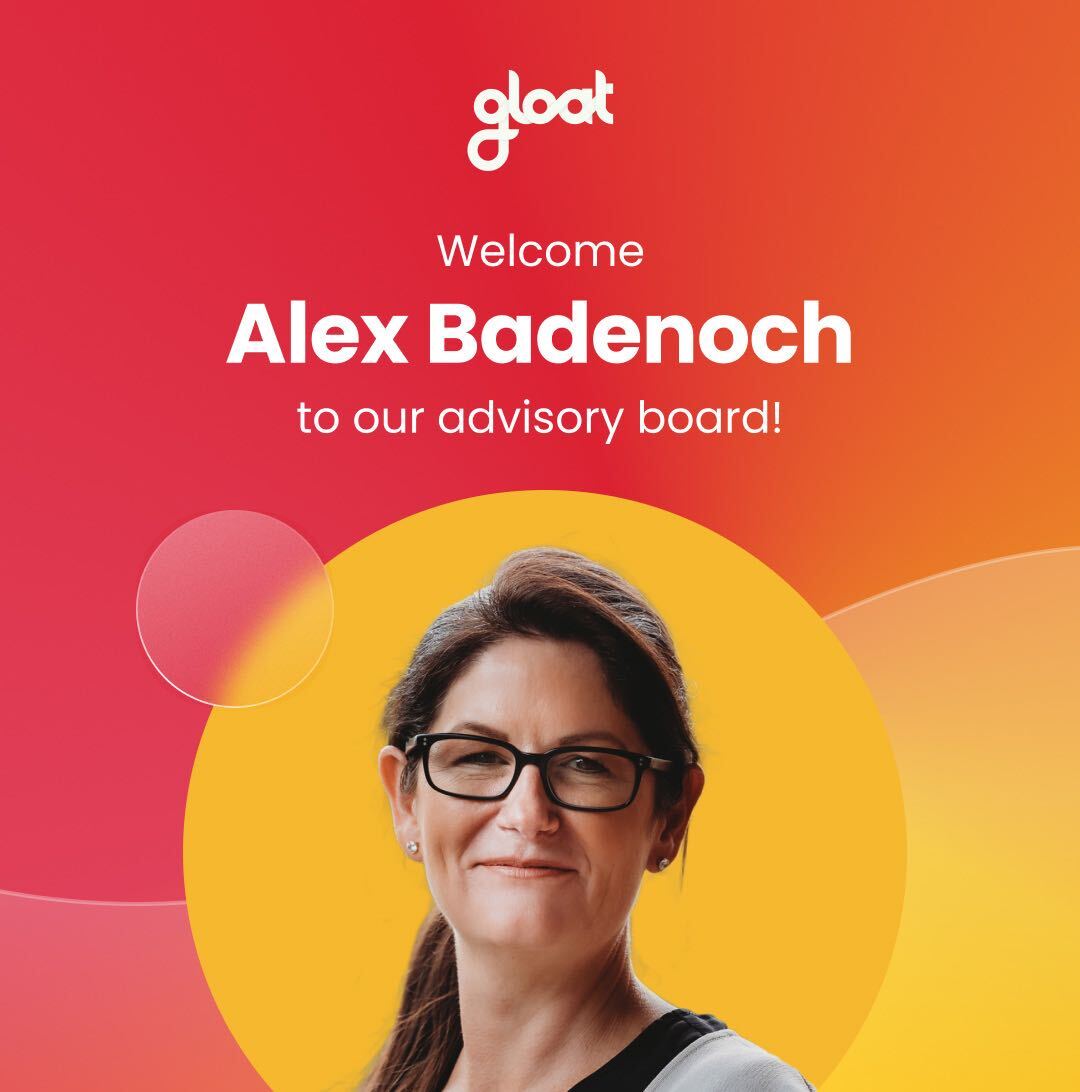What is a mentoring program and how does it work?
Build a co-learning program that gets results

For most organizations, the concept of a mentorship program is nothing new. Leaders have long understood that co-learning programs are a win-win that powers both skill-building and cross-functional collaboration.
However, the value of mentoring has recently skyrocketed as the competition for in-demand talent intensifies and AI promises to shift the skills employees need to be successful in their roles. 40% of HR leaders acknowledge that they can’t build skill development solutions fast enough to meet evolving needs.
With the right approach, a mentorship program can help accelerate skill-building processes while strengthening organizational culture. Employees will bridge knowledge gaps and simultaneously develop their coaching skills so they can guide the next generation of talent with confidence.
How does mentoring work?
Mentoring is a reciprocal and collaborative relationship that typically occurs when a more experienced employee begins working with someone more junior to help them cultivate new skills and share their expertise. The mentor and mentee often work at the same organization and there is an emphasis on achieving shared goals, advising, and relationship building.
Types of mentoring
Most people know that a traditional mentorship is a relationship in which a more junior employee gains experience and knowledge from a colleague who is further along in their career. But there are actually a few different subcategories of mentorship that leaders should get familiar with, including:
One-on-one mentorship
Employees who will be sharing their skills and expertise (mentors) are matched with colleagues looking to gain experience (mentees), either through a program or on their own. Mentee-mentor pairs participate in a mentoring relationship that follows a structure and timeframe outlined by their organization.
Group mentorship
A single mentor is matched with a cohort of mentees as part of a program that is structured to provide each mentee with individualized guidance from the same mentor.
Reverse mentoring
In reverse mentoring, a junior team member exchanges skills, knowledge, and understanding with a colleague who is more senior but is looking to build capabilities in fields that the junior peer has more experience with
Peer mentoring
Peer mentoring is a process in which two people of similar experience levels work together to help one another grow. The peer mentoring relationship is often less formal than the traditional mentoring dynamic, yet it is designed to be mutually beneficial so both parties feel like they’re learning something new.
Virtual mentoring
Virtual mentoring describes a mentorship strategy that helps organizations foster meaningful relationships and maintain personal connections, even when employees are working remotely. Most virtual mentoring programs are run through video conferencing platforms so that employees can see and connect with their mentor or mentee as if they were sitting face to face.
What are the benefits of a workplace mentoring program?
A workplace mentoring program can have multiple benefits that simultaneously improve employee experience while supporting business-critical priorities. Some advantages include:
Retain high-potential talent
As the new war for talent intensifies, it’s getting harder and harder to hold on to employees, especially those with plenty of potential. Harvard Business Review found that young managers recognize the importance of participating in mentoring programs, which they rated as more than a 4 when ranking the importance of career development opportunities on a scale from 1-5. However, the same ranking system revealed that most of these workers think their employers are currently falling short, given that they ranked accessibility to mentorship at approximately a 2.5 out of 5.
Strengthen your company culture
Launching a mentorship program can also positively impact your company culture. Mentoring gives employees the chance to build relationships with peers they may not normally have a chance to work with, cultivating a sense of connectivity that can span your entire organization.
Improve employee engagement and satisfaction
Many employers struggle to crack the code to create a compelling employee experience. Fortunately, mentoring could be a key part of the equation. One study found that more than 9 in 10 workers who have a mentor within their organization are satisfied with their jobs. These employees are likely to feel more valued for their contributions at work and receive more guidance about building a future with their employer.
Promote diversity and inclusion
While most leaders agree that diversity and inclusion need to be top priorities, there’s still a lot of uncertainty about what it really takes to level the playing field. Mentoring is a step in the right direction since programs can increase the representation of typically underrepresented groups and ensure opportunities are visible to all employees so that no one is overlooked.
Break down silos
Whether you try reverse mentoring or stick with a more traditional approach, virtually every type of co-learning will promote knowledge sharing within your organization. Instead of relying on a small group of employees to channel business-critical expertise, why not encourage these highly skilled workers to share their competencies with colleagues so that everyone can take advantage of them?
4 steps to build a successful mentorship program
If you’re looking to launch a mentorship program that will yield better outcomes for your business and your people, consider the following best practices:
#1. Set clear goals and objectives
Before you kick off your mentoring program, take a step back and align with leaders across your organization to determine what you’re looking to achieve. Is the goal of the program to help employees build the skills they’ll need to harness AI effectively? Or is it more about strengthening cross-functional collaboration and team-building?
#2. Create an effective mentor-mentee matching process
The success of your mentoring program will depend on the pairings you make. Rather than matching junior-level employees to more senior team members in the same department, strive to make skills the deciding factor in your pairing process. That might mean someone more experienced becomes a mentee if they’re looking to learn more technical skills that a junior-level employee has already mastered. Thinking outside of the box can improve the relevance and quality of your mentoring matches.
#3. Ensure ongoing support and communication
Employees should have the chance to share their feedback about their mentoring experience throughout the program. Take a pulse check to see who’s benefiting from it, who’s struggling with their mentee or mentor, and what you can do to improve their experience.
#4. Track progress and evaluate success
Select a few metrics you will use to measure the success of your initiative and continue monitoring them. These metrics should relate back to the goals you’re looking to achieve. So for example, if your priority is to develop more AI-centric skills, pinpoint exactly which capabilities you will prioritize, identify how many employees possess this knowledge at the start of your mentoring program, and track how this changes over time.
Best practices to upgrade your current mentorship program
Since mentorship programs have multiple benefits, it’s no surprise that many leaders are looking to upgrade schemes of their own. If you want to level up your strategy, here are a few steps you can take:
Make it cross-functional
To reduce silos and encourage cross-functional collaboration, you’ll need to think bigger than a department-wide program. A mentorship initiative that is composed of employees from different business units and departments will maximize knowledge sharing and empower employees to expand their horizons.
Encourage everyone to participate
Forget about reserving your program for the high achievers or a select few employees. The most impactful mentorship programs are those that empower everyone to get involved, either by sharing their expertise as a mentor or learning something new as a mentee.
Put skills at the center of your strategy
Bridging skills gaps should be a core goal of any mentoring program. When it comes time to match mentees to mentors, skills should be the deciding factor that determines which employees get paired together. Encourage your workforce to start thinking about the skills they wish to build and empower managers and employees to come together to brainstorm the competencies that would be most beneficial to prioritize.
Ask for and implement feedback
Even the best mentoring programs can benefit from employees’ insights about future improvements. Provide team members with several opportunities to share their suggestions and strive to implement these ideas so that employees are encouraged to continue sharing their thoughts.
Integrate experiential learning
One of the greatest advantages of a mentorship program is that it gives employees the chance to put the skills they learn into action. The best mentorship schemes include experiential learning opportunities, such as the chance to shadow a mentor or to practice some of the concepts discussed in the program by participating in projects and gigs.
How to upgrade mentoring with a talent marketplace
The right mentee-mentor pairing can make or break the success of your program. So how can you make sure you are matching employees with more senior colleagues who have skills and experience that align with their interests?
In the past, mentorship pairings were usually a guessing game. Leaders needed to make inferences about which colleagues would benefit most from working with one another, but it was challenging to accurately track and align employee interests and experiences, particularly at organizations with sizable headcounts.
In recent years, talent marketplaces have eliminated the need for guesswork, enabling pairing processes that are more efficient and accurate. The platforms go beyond obvious matches and generate suggestions based solely on your employees’ skills, interests, and professional ambitions. This means you might see pairing suggestions that you never would have thought of, but will work based on your people’s goals.
As the competition for skills intensifies, leaders are increasingly looking at mentorship programs to improve retention and empower every employee to unlock their full potential. If you want to learn more about what a successful mentorship program looks like in action, read Schneider Electric’s case study to find out how their talent marketplace has helped 7,500 employees find mentors internally.




